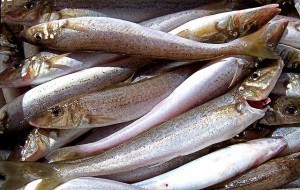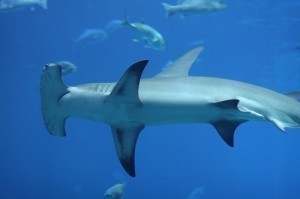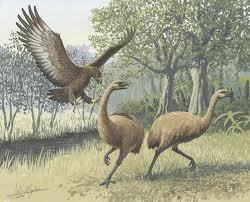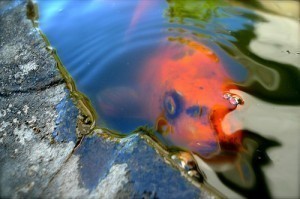What is the Size of a Whiting?
The name Whiting has been used to refer to certain fish belonging to the class Actinopterygii. Omnipresent in both fresh water and ocean habitats, these ray-finned fishes constitute almost 95% of the 25,000 fish species in the world. The different species in this class come in a range of sizes, from as little as the 8 mm (0.31 in) Paedocypris to as large as the 36 ft (11 meters) Oarfish.
The fish of this class most commonly referred to as whiting is Merlangius merlangus. Also known as the English whiting, it comes from the marine fish family Gadidae, and is an essential food fish in the Black Sea, the western Baltic Sea, the northern Mediterranean and the eastern North Atlantic Ocean. In the US, whiting is the name associated with assorted Hake species of the genus Merluccius from the family Merlucciidae. One of the species in this family is Macruronus novaezelandiae, also known as the Blue grenadier or Blue hake. Found in the southwest Pacific, it can grow to a length of 130 cm. Certain Merlucciidae species are known to grow from 10 to 18 inches (250-460 mm).
Sillaginodes punctatus, better known as the King George whiting, belongs to the coastal marine family Sillaginidae, or the smelt-whitings. Prevalent in the waters of Australia, the King George whiting is considered the smelt-whiting family’s largest member, growing up to 72 cm long and weighing 48 kg. It is the lone member of the genus Sillaginodes. Sillaginopsis panijus, the Gangetic whiting, is likewise the sole member of its genus Sillaginopsis. Inhabiting the southern Asian coast, it can grow up to 44 cm long.
Sillago, the third genus in the smelt-whiting family, is comprised of 29 different species. Among them is Sillago aeolus, the Oriental trumpeting whiting. Distributed along the Indo-Pacific area, it achieves an overall size of 30 cm long. Sillago analis or the Golden lined whiting is found in the southern Indo-Pacific and can reach a total length of 45 cm. Sillago sihama or the Northern whiting is considered the most geographically widespread member of the Sillaginidae family, even though it is restricted to the Indian and western Pacific Oceans. They usually grow up to 31 cm in length, but there have been earlier reports of Northern whiting growing as long as 91 cm (3 ft), making it the largest species in the family.
Distributed along the Australian east coast, Sillago ciliate or the Sand whiting can attain a maximum length of 51 cm and a weight of about 1.25 kg. Sillago japonica or the Japanese whiting is naturally found in Japan, but it has also been discovered in China, Taiwan and Korea. It can grow to more than 30 cm in length. Sillago asiatica or the Asian whiting is found along the Asian coastline and is among the smaller smelt-whiting species at 15 cm.
Sillago bassensis or the Southern school whiting dwells in the south and southwest Australian coasts. It can reach a maximum length of 33 cm and weigh about 0.3 kg. Sillago flindersi or the Eastern school whiting is common in the Australian east coast and can also grow up to 33 cm in size. Sillago vittata or the Western school whiting is located along Australia’s western coast. It is known to attain a length of 30 cm and a weight of 275 g, though there are unsubstantiated accounts that this species can grow much larger.





